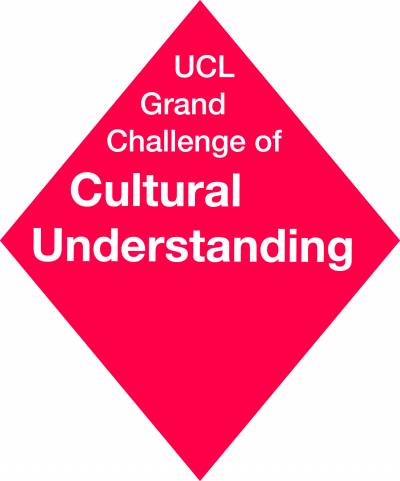Cuisine, Culture and Consequences
Food and diet in Eastern Europe from cultural and public health perspectives.
1 October 2018
This project looked at the link between eating a traditional Eastern European diet and health outcomes. A range of sources, including historical dietary surveys, ethnographic studies and secondary literature sources, was used to define a “traditional” diet that covered six Eastern European countries: Russia, Poland, Czech Republic, Hungary, Bulgaria and Romania.
Nine food groups which were regularly consumed by rural communities in the 1950s/early 1960s in several Eastern European countries were considered as traditional foods in this region:
- Bread and other grain products (i.e. white/brown bread, kasha, polenta, groats)
- Potato
- Legumes
- Vegetables and fruits in preserved/pickled form (i.e. sauerkraut, pickled gherkin, jam)
- Easy-to-store vegetables (i.e. carrot, beetroot, turnip, parsnip, cabbage)
- Processed pork meat (i.e. sausages, bacon, ham)
- Poultry meat
- Specific dairy products and eggs (i.e. soured cream, cottage cheese, kefir, milk)
- Lard from pork—for cooking
Do people with diet dominated by the above nine food groups, have higher or lower risk of developing cancer or CVD in their adult life?
The project examined the link between this traditional Eastern European dietary pattern and all-cause, cardiovascular disease (CVD) and cancer mortality in Russia, Poland and the Czech Republic. The project also explored the household-level availability of animal fats and vegetable oils between 1994 and 2005 in Russia, and examined the link with self-reported CVD outcomes. The results suggest that traditional eating habits may contribute to the poor health status, particularly the high CVD mortality rates, of populations in Eastern Europe.
Diet is a critically important determinant of population health, and it is also key part of Eastern European culture. Nonetheless, it is very rarely researched from both social/historical and public health angles at the same time. Therefore, a significant contribution of this project to the scientific community was to bring researchers from the two sides together and provide an opportunity for cross-disciplinary knowledge exchange. The project team members included epidemiologists from the Department of Epidemiology and Public Health, historians, sociologists and economists from the School of Slavonic and East European Studies, as well as public health specialists from Hungary and social scientists from Poland and Bulgaria. Establishing this research network is a highly valuable outcome of our project, which could be potential starting point for future cross-disciplinary international collaborations.
 Close
Close


